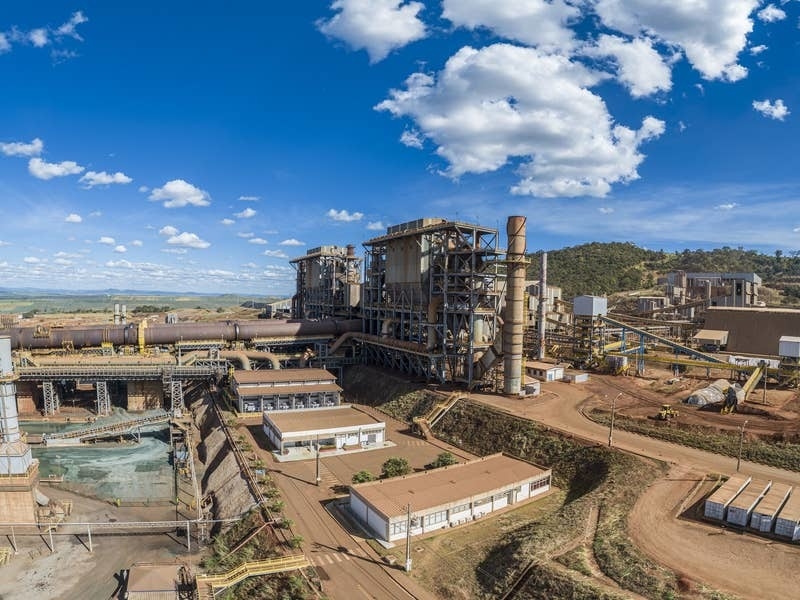ISLANDERS used 26% less energy on average than UK residents last year but 98% of Jersey’s energy supply still has to be imported, according to a recent report.
Only 2% of the Island’s energy needs are met through the Energy Recovery Facility (formerly called energy from waste) incinerator at La Collette or solar panels, according to the Energy Trends 2021 report released by Statistics Jersey.
The report looks at the Total Primary Energy Supply, which combines all sources of energy used – whether fuel or electricity and that imported and locally produced.
More TPES was used in 2021 than the previous year but the Island had yet to return to pre-Covid levels of energy use.
TPES for 2021 was 147,752 toe (tonne of oil equivalent) – a 6% increase on 2020 (138,926 toe) but lower than the 154,092 toe consumed in 2019.
‘It is important to note that due to the global pandemic, activity related to travel and some economic sectors was reduced during 2020 and parts of 2021,’ the report stated. ‘This is expected to have had an impact on the supply and use of energy in those areas, especially in 2020, before a partial recovery to pre-pandemic levels in 2021.’
Petroleum products accounted for 61% of the Island’s energy use, with electricity comprising the remainder.
The energy consumption per person for Jersey was 1.4 toe against 1.9 toe in the UK.
The one category where energy use rose above the level seen in the previous four years was household consumption. In 2021, the average Island household used 60,346 toe – an increase of almost 10% on 2019’s 56,492.
Road-fuel consumption increased over 2020 but was still below the trend of pre-pandemic years.
In the longer term, energy use has fallen from between 200,000 and 250,000 toe during the 1990s to between 150,000 and 200,000 toe from 2000 to 2019. ‘A key factor in this reduction in the level of TPES has been the increase in imported electricity and the complementary decrease in imported petroleum products for on-Island electricity generation,’ the report said.
‘A further reduction to around 140,000 toe was seen in 2020, followed by an increase to almost 150,000 toe in 2021.
‘The onset and subsequent easing of the global pandemic is likely to have influenced TPES in the last two years.’
A general downward trend since 2007 was probably the result of a reduction in the use of kerosene for home heating and motor fuels for transportation.
‘The energy data presented in this report provides the basis for calculating carbon emissions for Jersey,’ the report said. ‘Through the UK, Jersey is a signatory to the Kyoto Protocol.
‘Jersey’s Carbon Neutral Roadmap was published in 2021 and sets out the Island’s journey to carbon neutrality in line with commitments under the Paris Agreement.’






